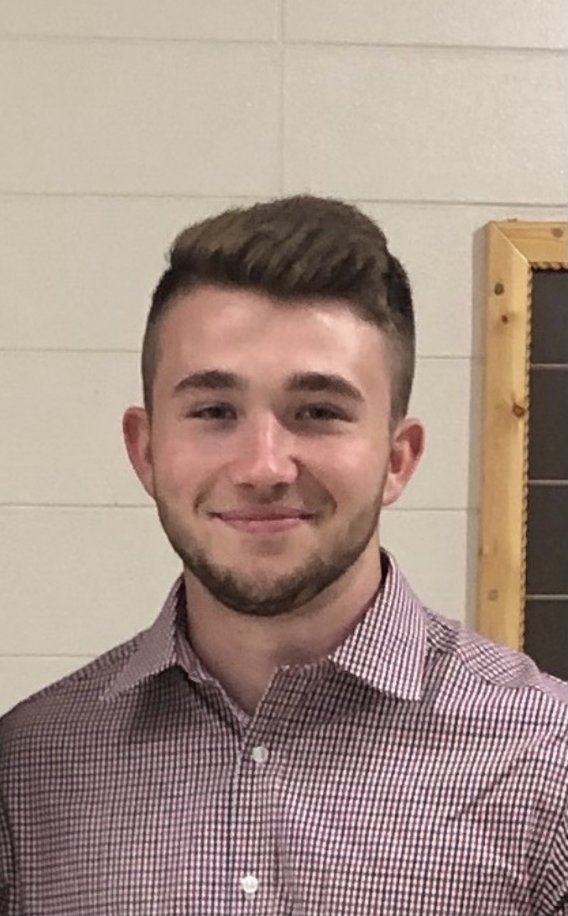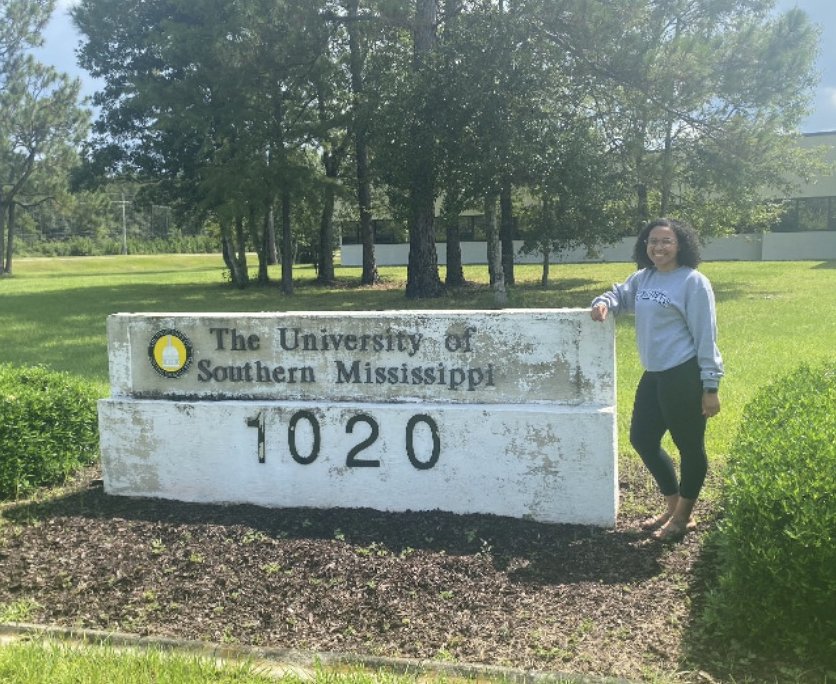Deepwater Horizon Memorial Internship Program
From Left: Joe Bell, Jaycie Keylon, John Preston Liles, Talon Washington
The Deepwater Horizon Memorial Undergraduate Internship Program was established by MBRACE to honor the individuals who perished in the 2010 explosion. The competitive program provides funding for undergraduate student interns to conduct research projects related to ongoing MBRACE-funded projects that address research gaps in water quality and oyster reefs and their sustainability. During the summer of 2021, four undergraduate students from across the southeast region studied various marine science-focused issues.
Recipients
Student: Jaycie Keylon
Home Institution and Major: The University of Mississippi (First year pharmacy school)
About: Jaycie Keylon is originally from Harrison, Arkansas. She completed her internship at the University of Mississippi with Dr. Deborah Gochfeld assessing how different environmental stressors affect disease susceptibility and stress responses in oysters. This entailed analyzing the expression of genetic biomarkers related to the presence or absence of disease or stress. This work is also part of her Honors thesis.
Project Importance:
Oyster reefs provide essential ecosystem services to estuaries, including shoreline stability, increased biodiversity, improved water quality, and economic value to the community. Unfavorable environmental conditions, such as low salinity, increasing seawater temperature, hypoxia or ocean acidification may impact oyster susceptibility to diseases. By understanding how these stressors interact, we can do our part to try to reduce environmental impacts on the oysters and help preserve these important marine ecosystems.
Student: John Preston Liles
Home Institution and Major: University of Arkansas, Fort Smith (Geosciences)
About: Preston is originally from Fort Smith Arkansas. He completed his internship at Mississippi State University with Dr. Padmanava Dash. The main objective of this project is to assess the potential risk of harmful algal blooms to oysters and human health in the western Mississippi Sound. This objective will be accomplished through a set of integrated tasks: (1) Collection of water samples proximal to the Henderson Point and Pass Christian Oyster Reefs, (2) Laboratory analysis of the water samples for determining the phytoplankton community structure, algal toxins, chlorophyll a, phycocyanin, and nutrients, (3) Correlations of the combined dataset (newly collected dataset and the past data from 2015 and 2019) with river discharge, (4) Document the abundance of HABs in the western Mississippi Sound, and assess the risk of harmful algal blooms to oysters and potentially to higher trophic level organisms, including humans.
Project Importance:
Virtually every coastal country in the world is affected by harmful algal blooms (HABs) that has resulted in massive fish kills, loss of sales revenue primarily from fisheries and tourism, loss of commercially valuable and culturally vital shellfish resources, illness, and death in populations of protected marine species, and threats to human health. Oyster reef acreage as well as the volume and value of commercial oyster harvests in Mississippi waters have declined sharply in recent year, which has been attributed to a range of environmental stressors including impaired water quality. In 2019, the Mississippi Sound was affected by an unprecedented cyanobacterial bloom that resulted in the shutdown of the commercial oyster fishery, fish kills, bird deaths, and beach closures. In December 2015, a massive red tide bloom wrecked a similar havoc in the Mississippi Sound. Accordingly, the main goal of this project is to assess the potential risk of harmful algal blooms to oysters and human health in the western Mississippi Sound.
Student: Talon Washington
Home Institution and Major: University of New Orleans (Biology, minor in Chemistry)
About: Talon Washington is originally from New Orleans, Louisiana. She completed her internship at University of Southern Mississippi with Dr. Alan Shiller on a project titled “Examining Rare Earth Elements in the Mississippi Sound”. The overall project involves examining evidence for input and impact of submarine groundwater discharge (SGD) in Mississippi Sound. SGD is important because it is a hidden pathway of material input into coastal systems. These inputs include various chemical species that can affect the coastal ecosystem such as nutrients, metals, and oxygen-depleting substances. The rare earth elements (REEs) are a group of heavy elements that are not actually “rare” and have many applications in modern society such as in magnets, catalysts, and medical imaging. The REEs can also be used to study various ocean processes. In fact, groundwater is often enriched in REEs, so these elements can be used as tracers of SGD inputs to the coastal system. During her summer internship, Ms. Washington learned how to collect SGD samples for REE analysis. She then analyzed a suite of samples we had previously collected, and put together a short presentation describing what she found. It does appear that we will be able to use her data to further our efforts to describe the input of SGD into Mississippi Sound and what the impact of the SGD is on critical issues such as oyster survival and oxygen depletion.
Student: Joe Bell
Home Institution and Major: The University of Southern Mississippi (Ocean Engineering)
About: Joe Bell completed his internship at The University of Southern Mississippi with Dr. Kemal Cambazoglu during which he contributed to the USM Core Research Project. In-situ measurements for water quality monitoring, performed by The University of Southern Mississippi – School of Ocean Science and Engineering (SOSE), are used to validate the Coupled-Ocean-Atmosphere-Wave-Sediment-Transport (COAWST) modeling system results for spatial and temporal variability of water quality as it is affected by the opening and closing of the Bonnet Carré Spillway (BCS) in the year 2019. New model runs were also setup to improve the accuracy of the model predictions.
Project Importance
It is known that BCS openings alter and reduce oceanic variables, such as salinity and temperature of water, found in the Mississippi Sound and Bight, due to the cool, freshwater output of the MS River. With well-calibrated and trusted modeling applications, improved strategies can be established regarding the spillway operations. This can better mitigate detrimental side-effects on the marine ecosystem and ultimately lead to more sustainable practices.
Mr. Bell presented his project at the American Geophysical Union Fall 2021 Conference in New Orlean, LA. “Validation of COAWST modeling system results for 2019 Bonnet Carré Spillway openings”.









